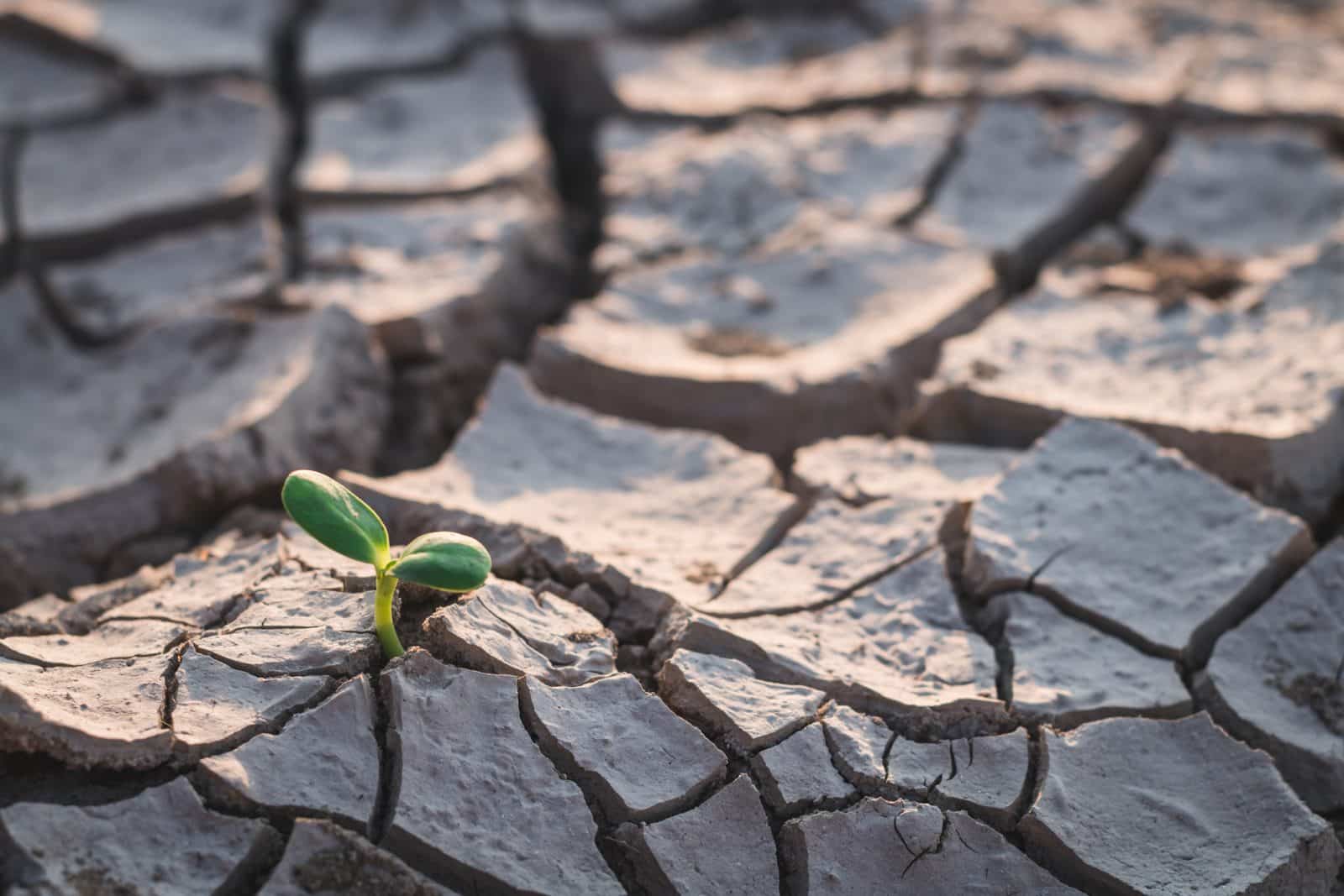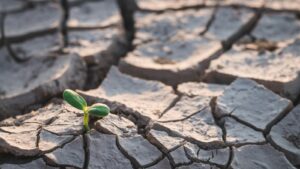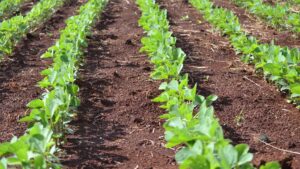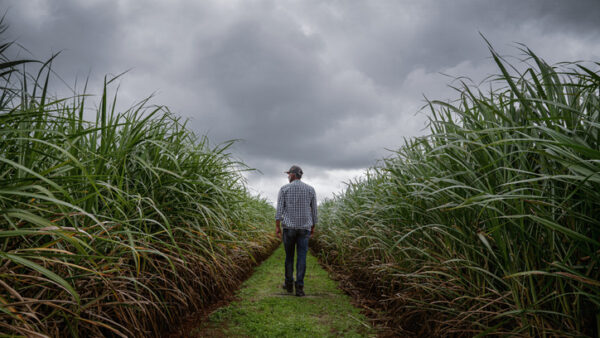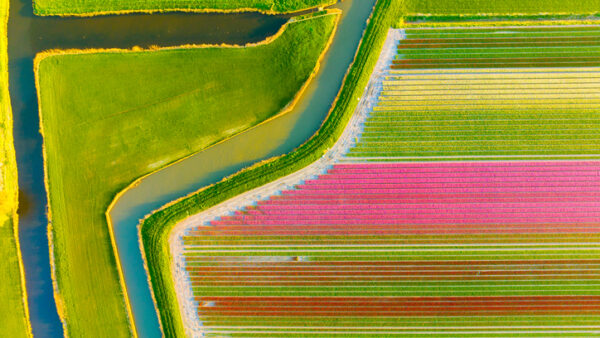La Niña did not make for easy growing seasons for South American farmers. The weather pattern was stronger than expected creating higher prices and supply shortages.
Weather has an impact on every part of the agricultural sector. From crop yields to new diseases to causing issues in transportation, weather plays an important role.
La Niña is a weather pattern that is caused when the central Pacific Ocean temperatures are colder than normal. The weather has been in a La Niña weather pattern since 2020 and ocean temperatures and historical timelines show that the weather is moving towards an El Niño pattern later this year or early next year. The weather pattern that is currently being seen is a La Nada pattern.
La Niña creates very dry environments in part of North and South America. Asia and Australia on the other hand see a lot of moisture and in some places too much. The impacts of La Niña and El Niño depend on how long and strong the weather pattern is during the time it is occurring.
“It’s been a longer La Niña than normal,” says Shawn Hackett, president of Hackett Financial Advisors, Inc. “So, this one’s been longer, which means that the pattern and the adverse impact is more impactful to the crops that it hurts and more beneficial to the crops that it helps. For example, in Argentina, they’re having the worst drought in at least 65 years.”

While not all areas and crops struggled, Argentina was not the only country in South America to face challenges due to the La Niña weather pattern. Chile was among the countries that were also impacted by drought.
In the business of seed production weather often presents unexpected challenges and this past season with La Niña in Chile was no exception.
“High temperatures and dry conditions put stress on the crop and reduced yield below expectation in some cases,” says Scott Horner, chief commercial officer of HyTech Production Ltd. “That said, in other cases where we were able to plant early, and water was not limited the yields were on target.”
Some areas of the world, like Asia and Australia, saw record yields due to this same weather pattern which brought them high levels of rainfall. While the rain is good for growing, too much can cause disease, which the drought prevents.
“In areas where it’s been dry, we haven’t seen an uptick in diseases,” says Steve Wilkens, Golden Harvest agronomy manager at Syngenta Seeds. “If you think about many of the common corn and soybean diseases, most favor a cool and wet environment.”

The weather caused growers in South America to work with unfavorable conditions on top of already existing supply chain and pricing issues. However, growers and farmers were not backing down despite the mix of challenges.
“The weather has really forced farmers to re-evaluate and change many of their growing practices and I think it’s for the better,” says Wilkens.
“We spend a lot of time talking about sustainability. That word can mean so many different things to so many different people, but if you’re a row crop producing farmer, there’s nothing more sustainable than profitably growing your crop year after year,” Wilkens adds. “The weather is a challenge, but farmers continue to evolve to be able to work with it.”
Farmers have faced countless challenges, and with the combination of endurance, new technology and research they are able to tackle those challenges like never before.
“I am pretty convinced that if 2022 had 2012 farming practices and technology, I don’t know if we’d be anywhere close to the yield that we were able to achieve this past year,” Wilkens says.
The La Niña weather pattern certainly did not lighten the load of challenges that South American growers face. The La Niña appears to be leaving and becoming an El Niño. El Niño weather patterns are beneficial for South American growers, bringing a much wetter growing season.
“The El Niño pattern would really benefit the Americas in growing season 2024,” Hackett says. “We should see the reverse effect and see some lower prices, some lower costs and inflation at the supermarket.”
Weather is unpredictable. Ocean temperatures are still reading colder than expected, meaning the weather pattern could stay in La Nada and delay or never reach El Niño before heading back into La Niña. Waiting and predicting based on history is all that can be done now.
“This is a very interesting year. We could have some surprises, some weather surprises in different regions that are not as clear cut,” Hackett adds.
Neither La Niña or El Niño are inherently good or bad. Both have their own benefits and challenges depending on which region is looked at.
“El Niño being good or La Niña being bad isn’t that clear,” Hackett says.
“The weather is the weather, and we really can’t change it. As agronomists we take extra steps in helping farmers enact solid agronomic practices that help mitigate risk and work to weatherproof their farming operations,” concluded Wilkens.
Time will show us how the weather will play out and what new challenges will be presented. Growers will arm themselves with new technology as new research is presented and face the challenges the weather brings one day at a time.


